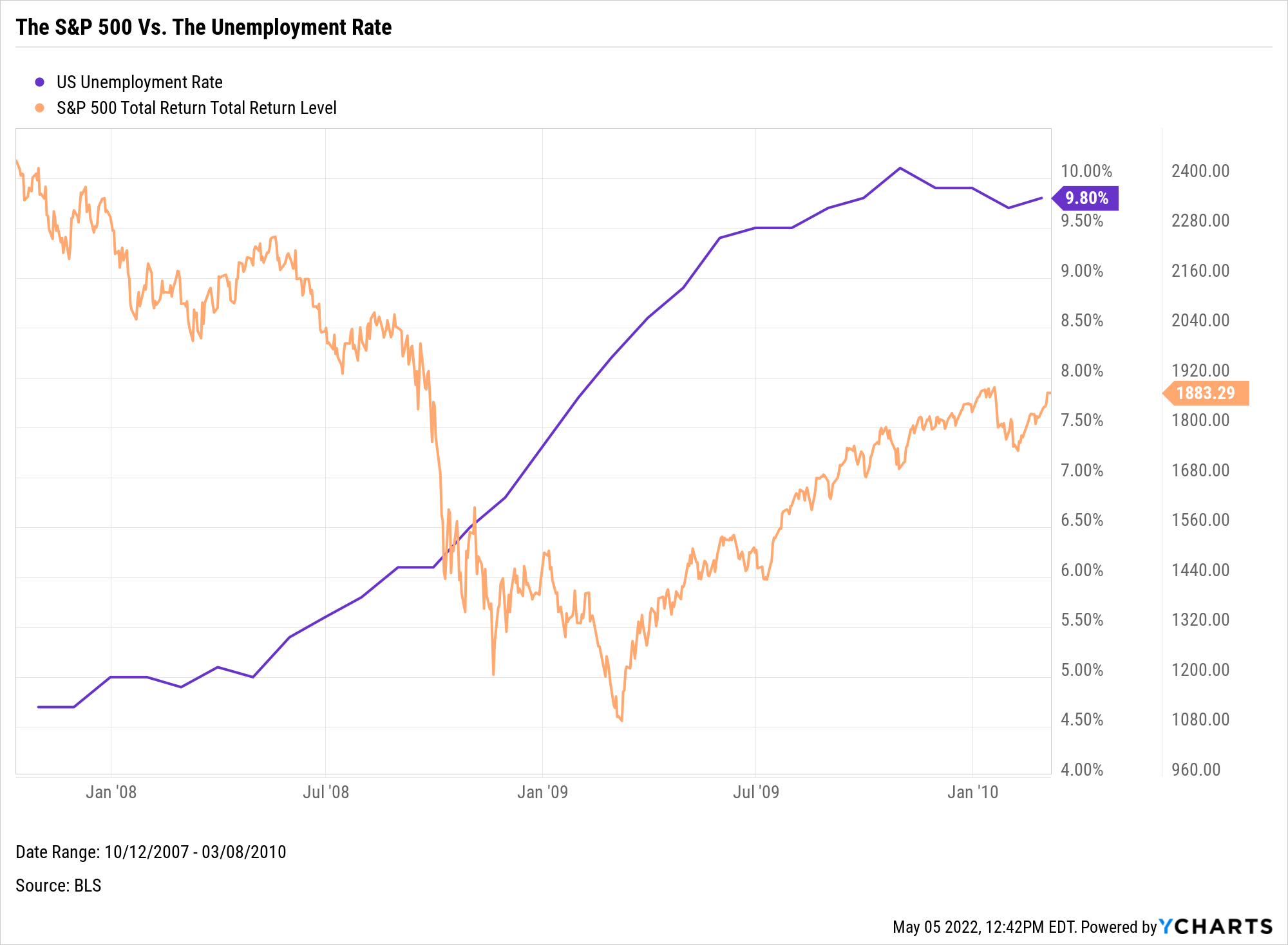
When Will The Market Bottom?
By: David M. Foster, CFP®, CAP®
I was going to just put a giant “shoulder shrug” emoji here, and then end the blog post, but I decided that would be less than helpful. So, instead, let me offer some perspective.
You'll Never See It Coming
I have no idea when the market will bottom, but one thing history suggests is that when it does, the news will still be grim.
I’ve had many people over the years tell me that they wanted to sell all of their investments and get back in “when the dust settles.” This strategy sounds good on its face. The problem is that by the time that dust has settled, you would have likely missed out on significant returns.
Take March 9th of 2009, for example. Here is a sample of some of the headlines from the Wall Street Journal that day:
- Unemployment of 8% is highest in 26 years
- Dow 5000? There's a Case for It (the Dow was at about 6,500 at the time)
- Obama's Radicalism Is Killing the Dow
- Collapse of the Financial Sector Harder, Deeper Than Tech Wreck
- Economy Slides as We Argue Over Asset Valuation
Reasonable people can disagree on where exactly the line is for settled dust, but I don't think anyone would have said that this was that moment.
You can certainly understand why people were panicked when this was what they had experienced over the previous year and a half:

It would have been totally reasonable to want to throw in the towel at this point. But, if you had, you would've missed out on this:

And it's not like the economy was in great shape at that point.
Here's a graph of the above two charts combined with the unemployment rate overlaid:

As you can see, the market started dropping almost a year before job losses really accelerated, and it bottomed about 7 months before the unemployment rate peaked.
The Market Looks Forward, Not Backward
Investing is inherently about attempting to predict the future. If you want to know what is a reasonable price to pay to buy a company, you have to attempt to estimate the future revenues and profits of that company. That's true whether you're attempting to buy a local dry cleaner, or an infinitesimal percentage of one of the largest companies in the world.
That's why the market doesn't care about today's headlines; they are, by definition, stories about the past. The market looks to the future.
Of course, it's not always right about that future. In fact, it tends to overshoot rather dramatically in both directions, and that's why we have these boom and bust cycles.
If you can accurately predict these cycles and invest accordingly, then by all means, ignore my advice. But just remember that even God would get fired as an active manager.
Putting It All Together
There is nobody waiting to ring the bell and signal the "all clear." The only way you can make sure that you capture the market's long-term returns is to remain invested over the long-term. That can be excruciatingly hard to do, but it's necessary if you want to achieve your financial goals.
It's reasonable to want to get out when the news is bad and get back in when the news is good. But, that's just another way of saying "buy high and sell low," which seems like the opposite of what you would want to do when investing.
Thanks for reading!
If you'd like to schedule a call to discuss how all of this affects you and your situation, please click here if you're an existing client, or click here if you're a prospective client.
Hi, I'm David Foster! I wrote this blog post, and I am also the founder of Gateway Wealth Management, LLC. I hope you found something valuable in what you just read. If you'd like to read more about me, click here. If you'd like to read more about my firm, click here. Thank you for reading!
Contact
The information provided here is for general information only and should not be considered an individualized recommendation or personalized investment advice. The investment strategies mentioned here may not be suitable for everyone. All indices are unmanaged and may not be invested into directly.
All investing involves risk including loss of principal. No strategy assures success or protects against loss. Past performance is no guarantee of future results.
The Standard & Poor’s 500 Index is a capitalization weighted index of 500 stocks designed to measure performance of the broad domestic economy through changes in the aggregate market value of 500 stocks representing all major industries. The S&P 500 is an unmanaged index which cannot be invested into directly.

